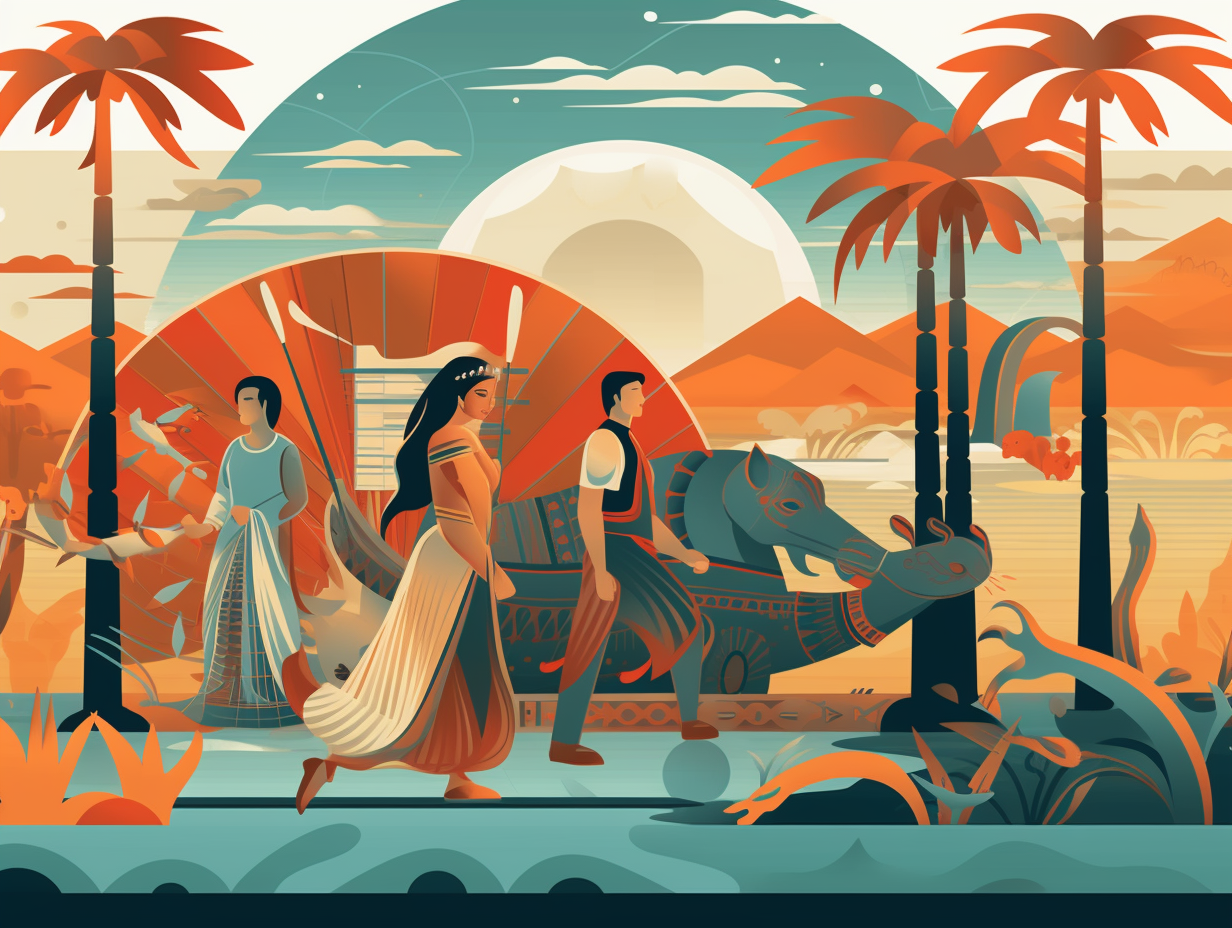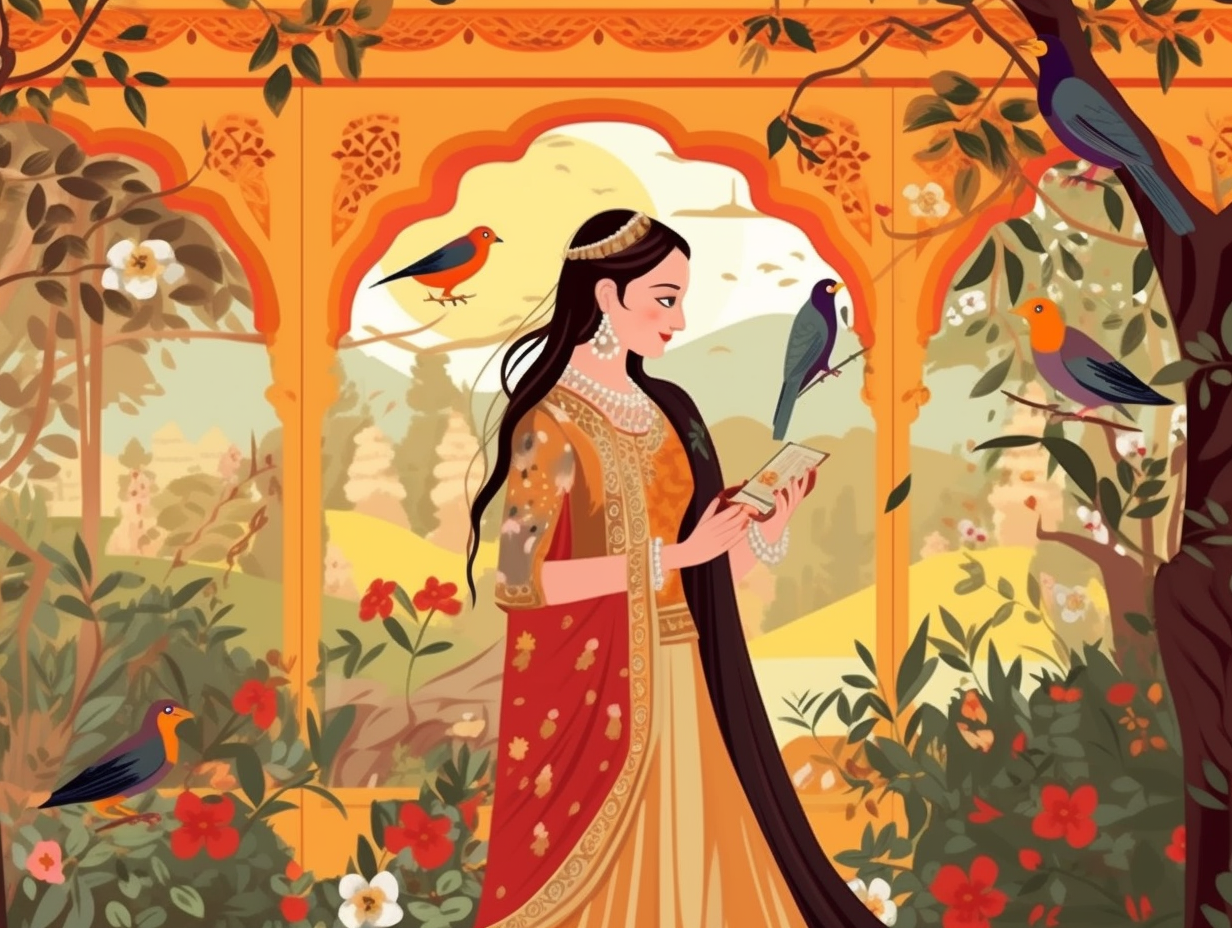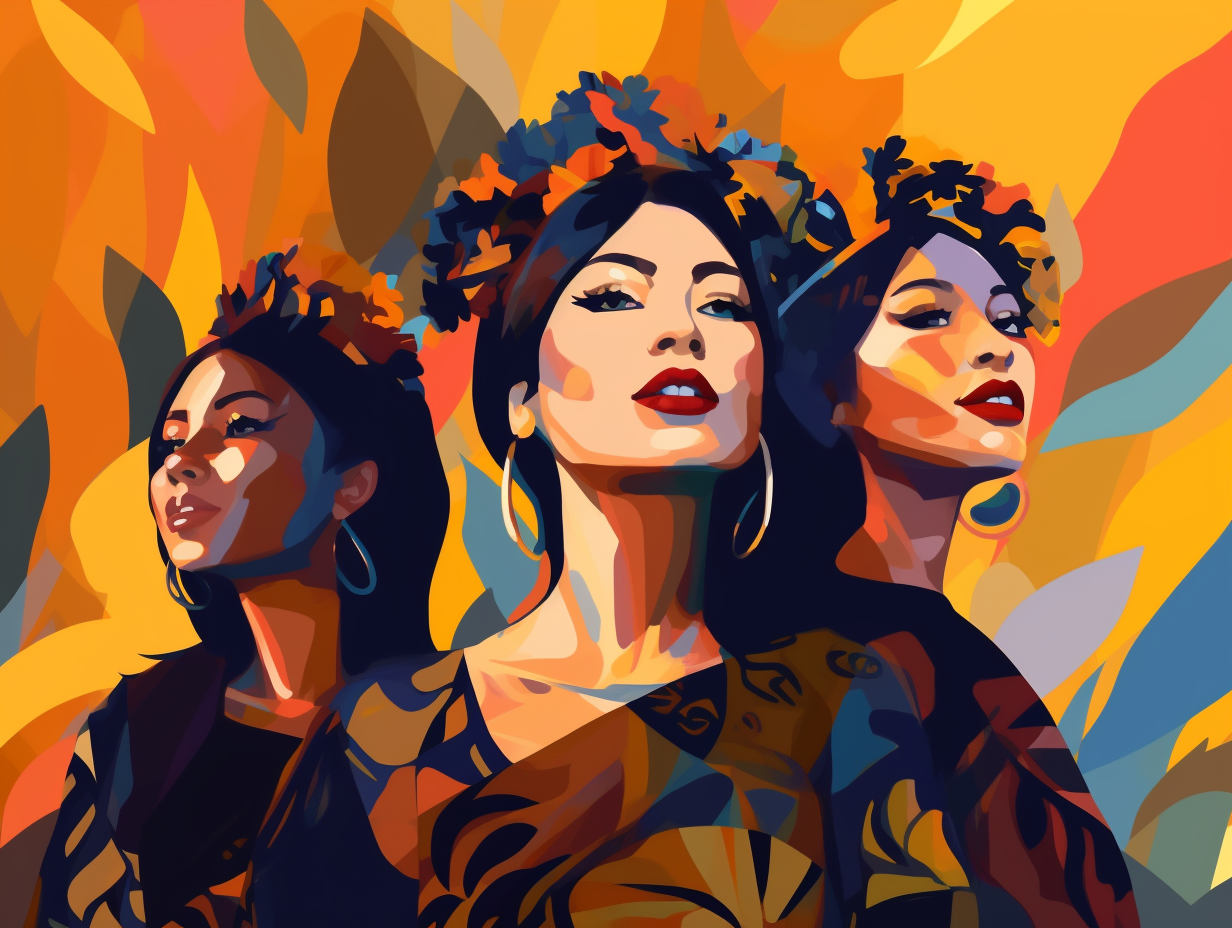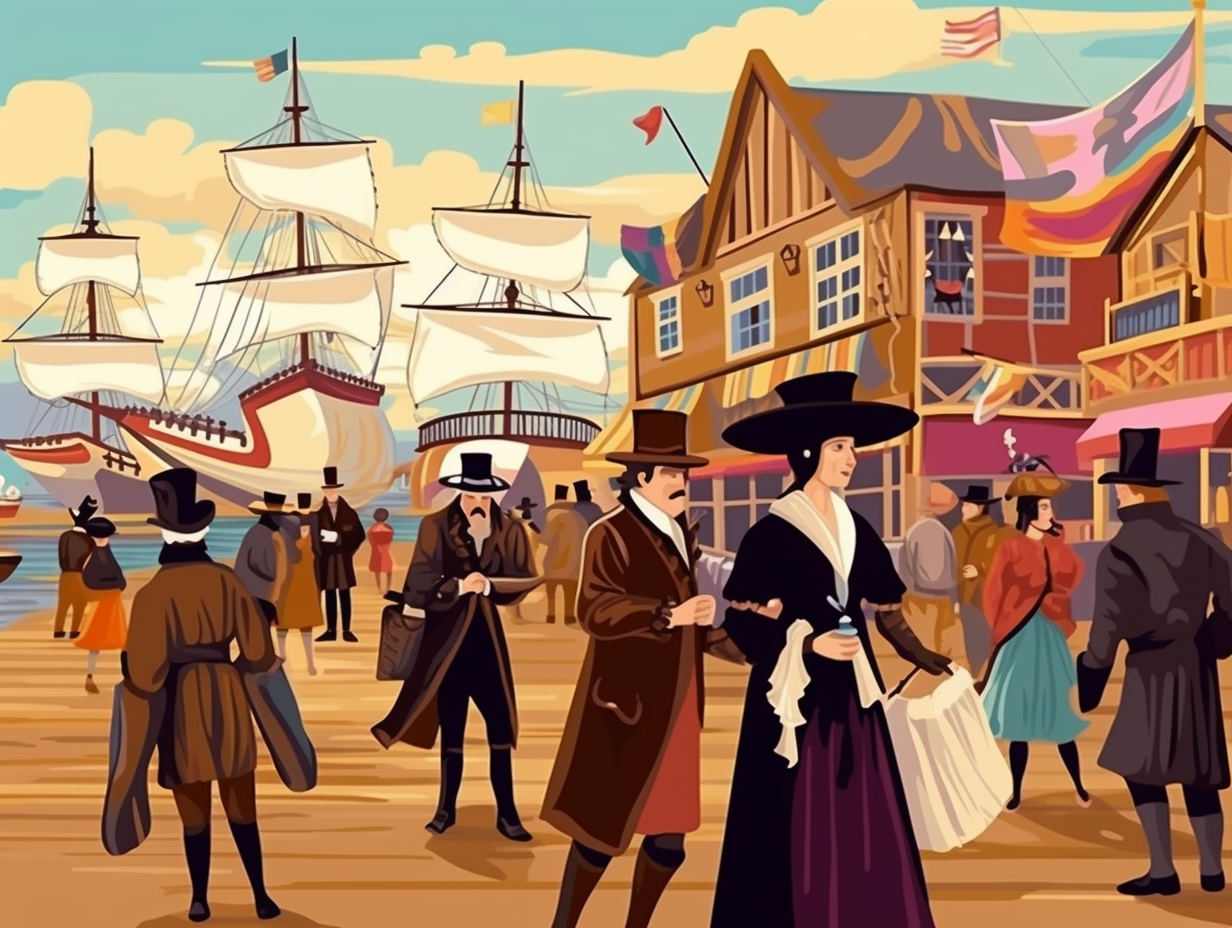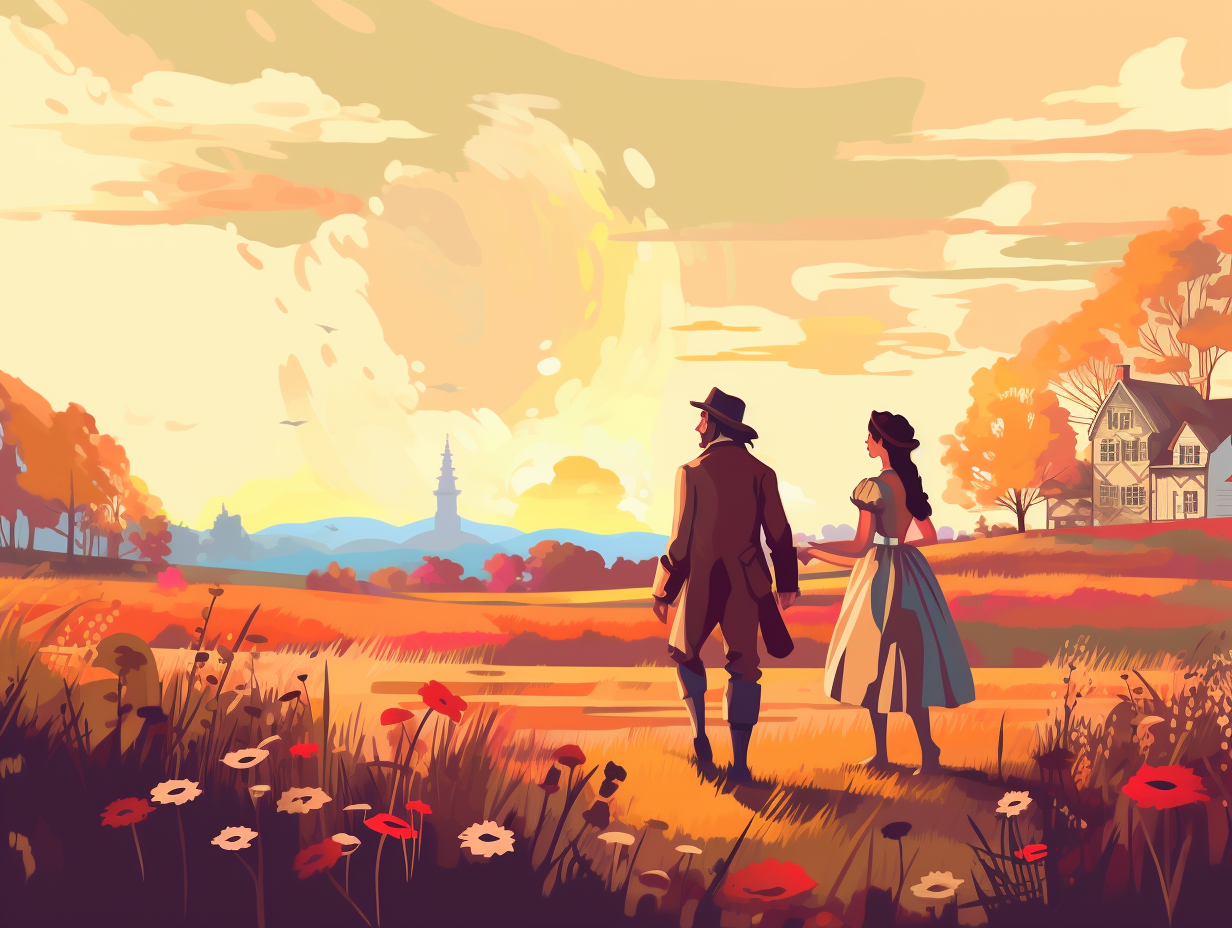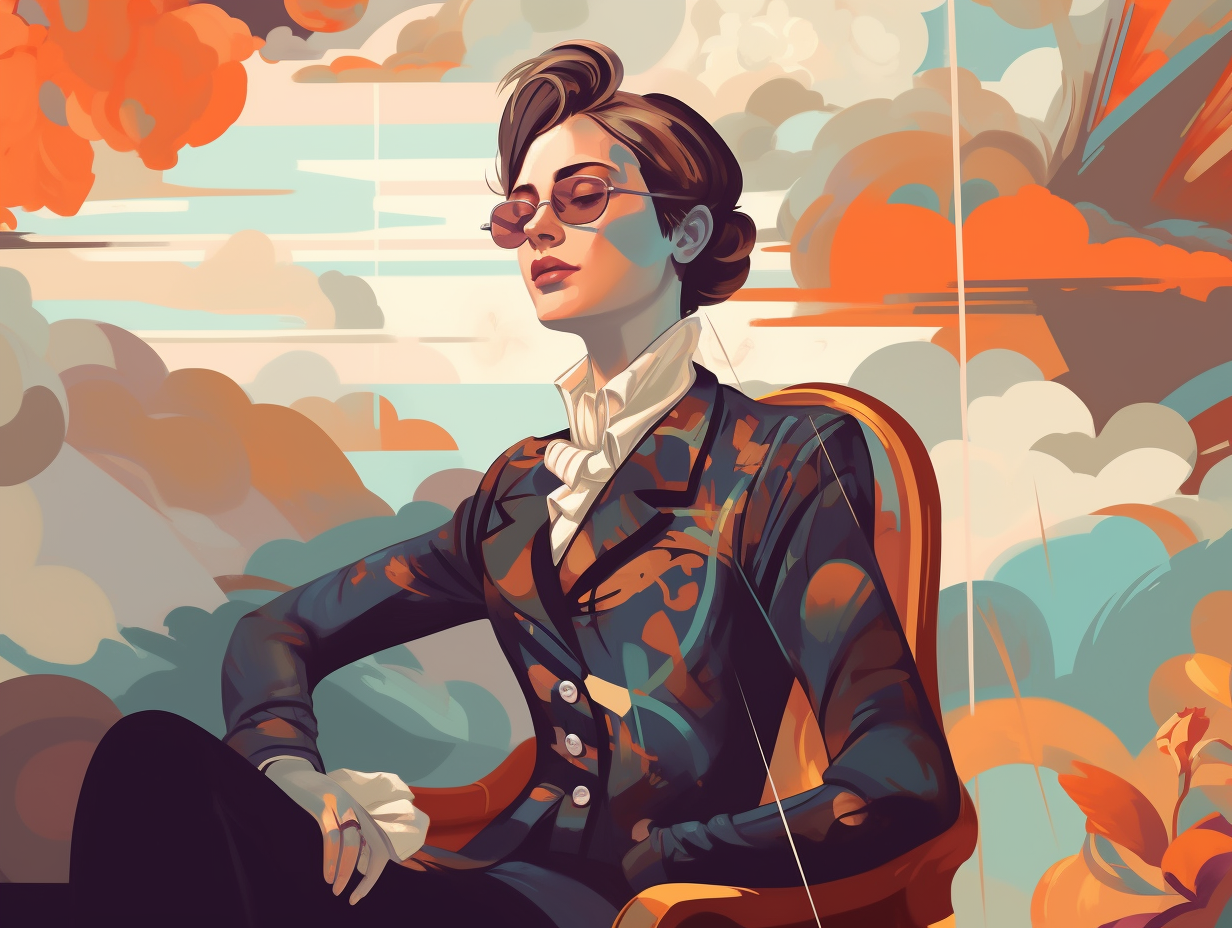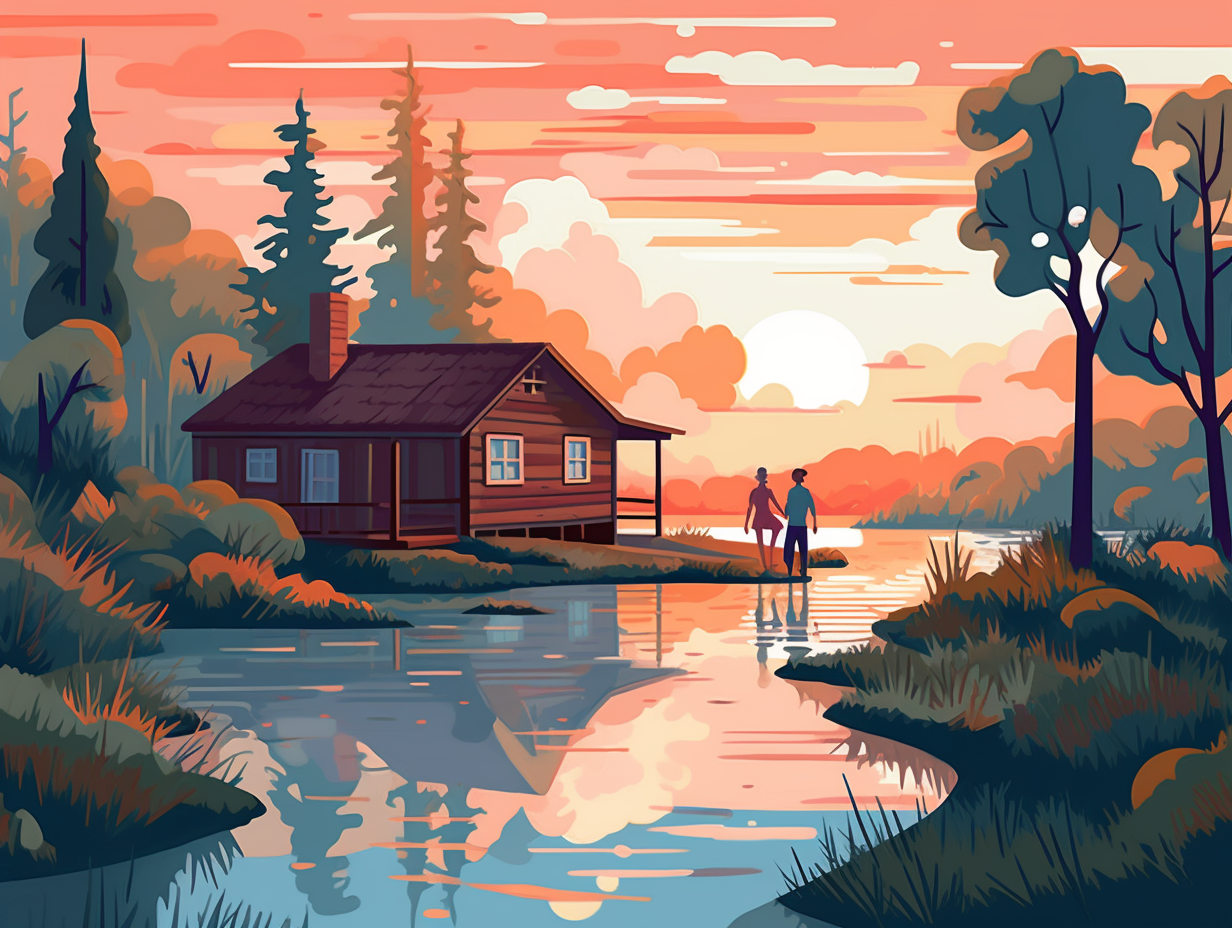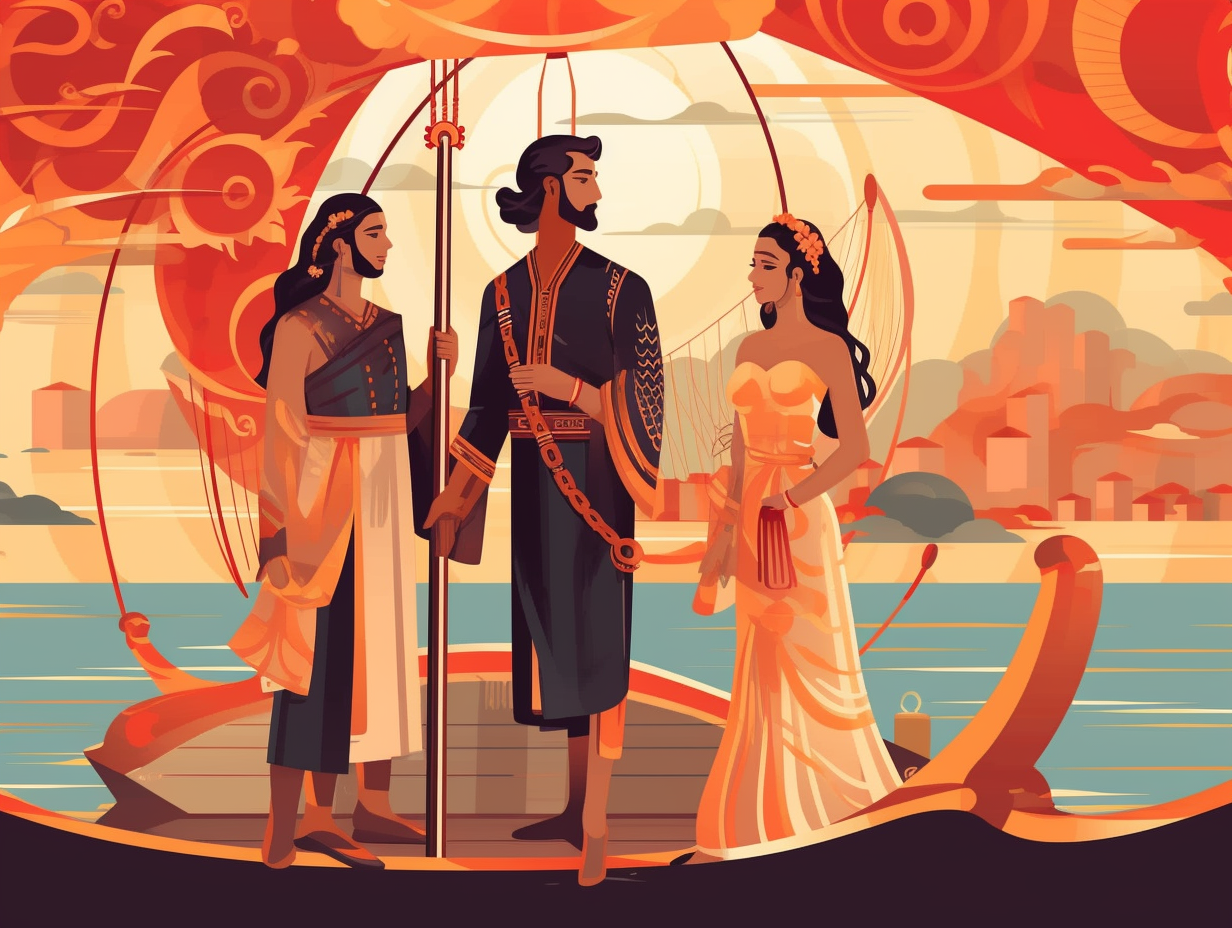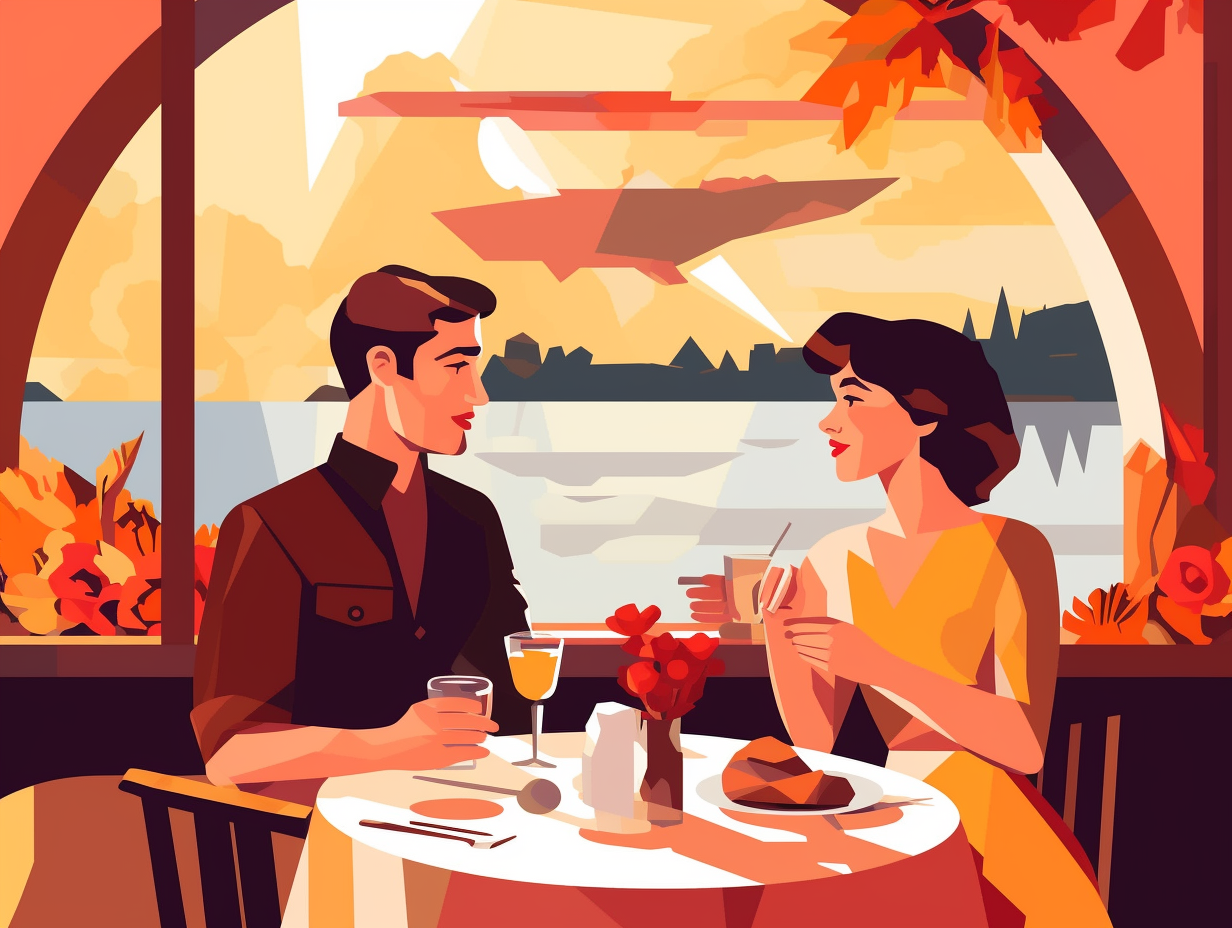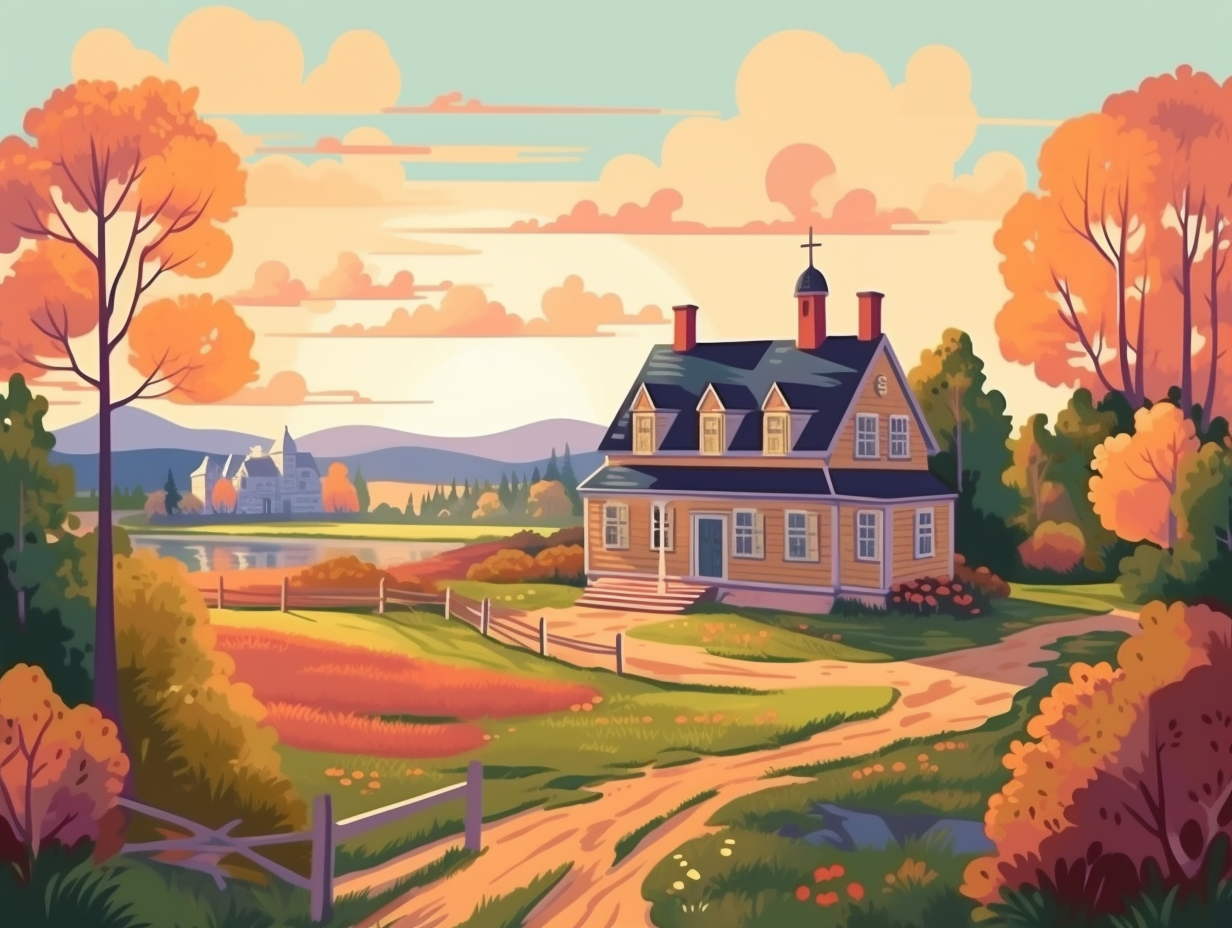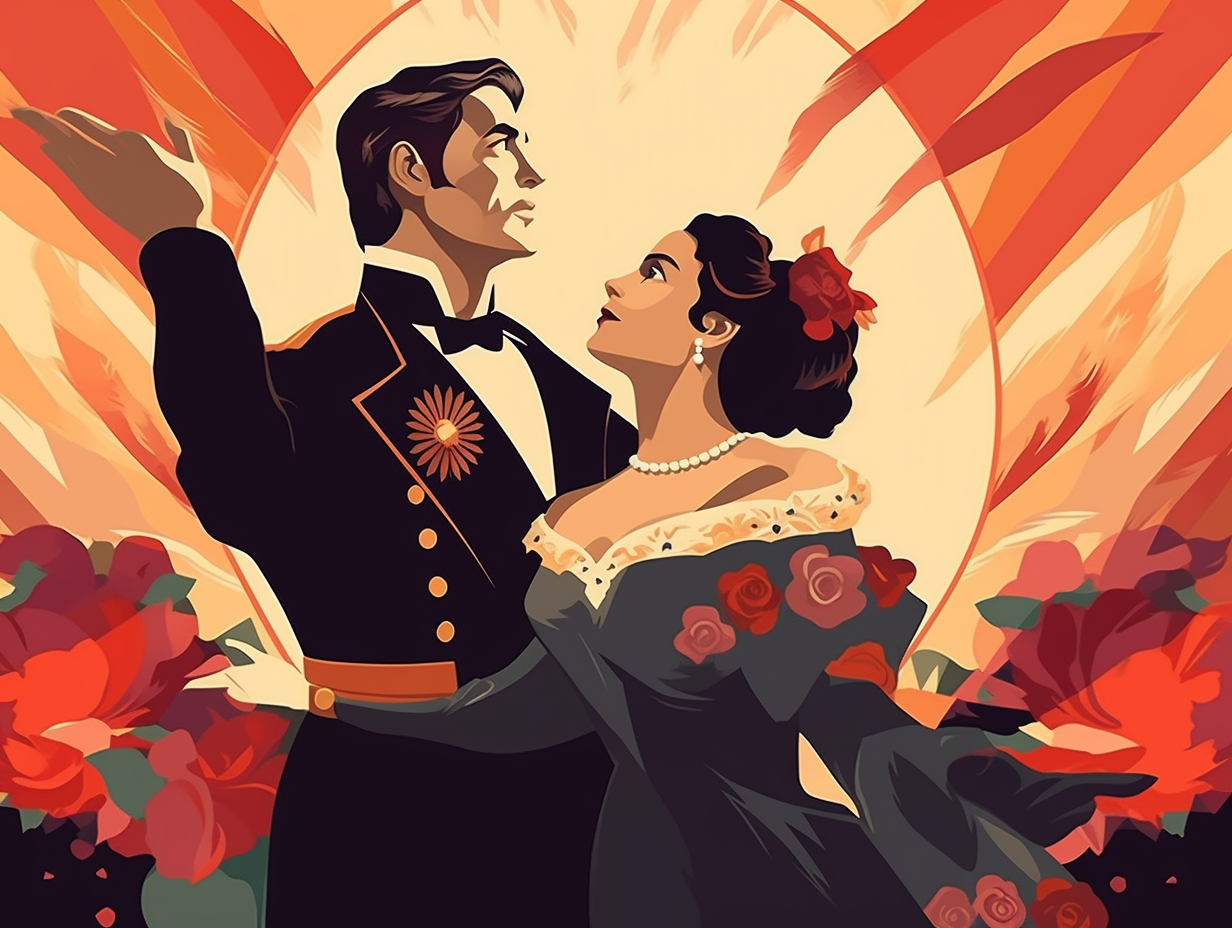Discover the Top 10 Astonishing Fun Facts about the Great Plains Tribes!
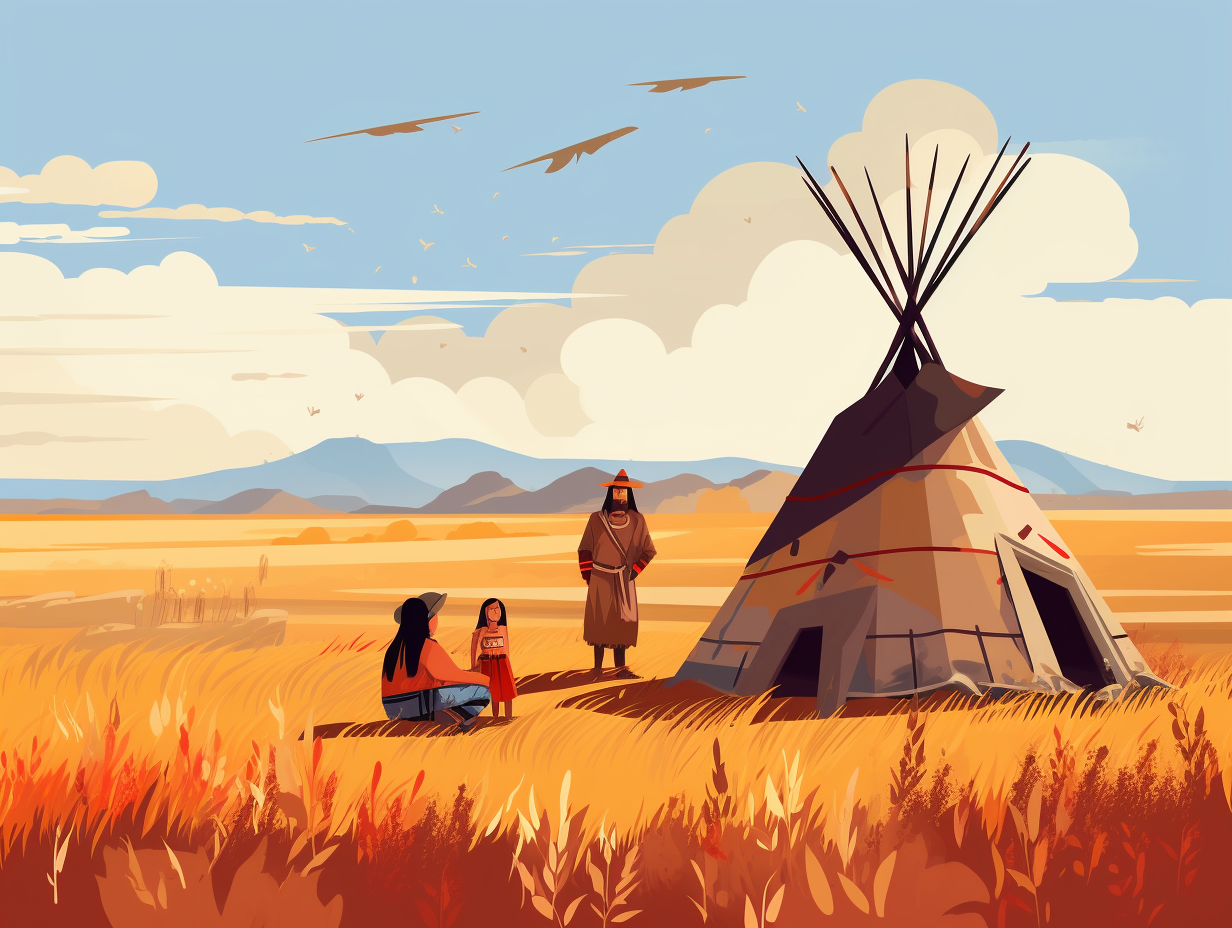
1. Great Plains Hair Salon
Who needs a hair salon when you've got Great Plains Tribes stylists? This eco-friendly hair trend was all the rage amongst Native American men: In the Great Plains region, common hairstyles were long locks, braids, or shaved heads, with hair holding symbolic importance. Tribes such as the Sioux and Blackfoot only cut their hair in times of grief or shame, while Lenape and Iroquois warriors rocked scalplocks or roach styles, all based on personal preference, cultural significance, or clan affiliation.
Source => native-languages.org
2. Tree-Burial Towers and Scaffold Suites
You know what they say – location, location, location! The Great Plains tribes were no strangers to real estate, taking their deceased straight up to the penthouse suite in Tree-Burial Towers or Scaffold Suites: The Assiniboine and Crow tribes used burial trees and burial scaffolds to respectfully lay their dead to rest, often on hills for an added touch of grandeur. This out-of-reach method not only protected their loved ones from scavengers, but was also conveniently used in areas where the ground was frozen or waterlogged.
Source => en.wikipedia.org
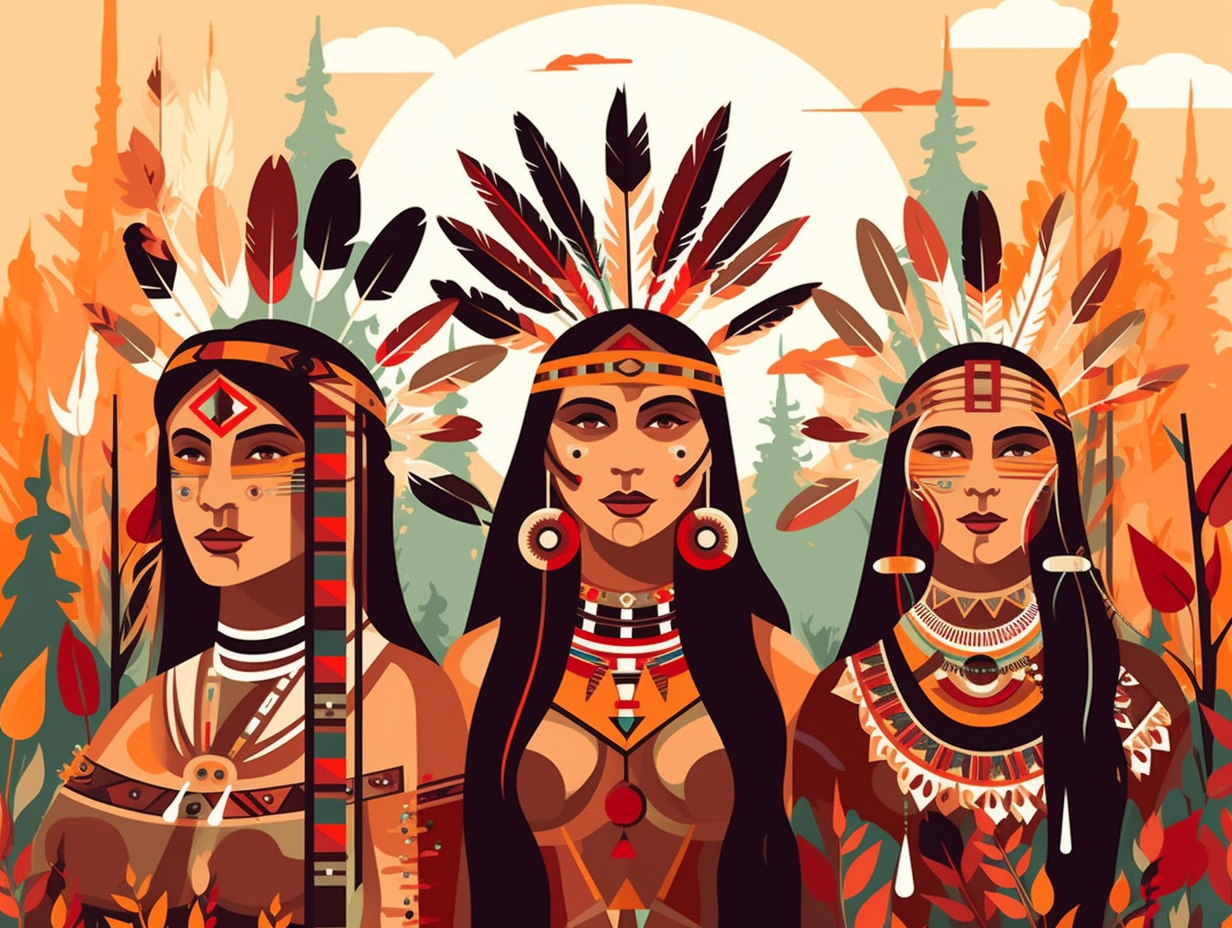
Discover how Chief Menominee, a fearless Potawatomi leader, defied all odds to protect his tribe's lands from powerful adversaries in the early 19th century. A true hero! ✊
=> Fun Facts about The-Potawatomi-Tribe
3. Bison and Breakfast Bonanza
Before Airbnb and Uber, the Great Plains tribes had their version of a "Bison and Breakfast": The all-inclusive bison was their go-to provider for food, clothing, tools, and shelter. Surprisingly, these resourceful folks never opted to ride these woolly beasts: Instead, the Native Americans skillfully utilized every bit of the bison, turning its hide into tepee walls, horns into spoons, and even its stomach into a fashionable cooking pot. Who knew an all-in-one bison bonanza could be such a hit in prehistoric times?
Source => allaboutbison.com
4. Porcupine Fashion Statement
Whoever said "Don't mix porcupines with fashion" clearly hadn't met the Great Plains tribes: They skillfully incorporated elk hides, porcupine quills, bird or animal claws, and other natural materials into their clothing, with women tanning the hides and sewing intricate designs that mirrored the nature around them and commemorated significant events in their lives. Even as they traded for newer materials like glass beads and fabric, these tribes held fast to their roots, valuing and showcasing the traditional materials in their attire, reserving the most elaborate pieces for honored individuals and celebrations.
Source => hersheystory.org
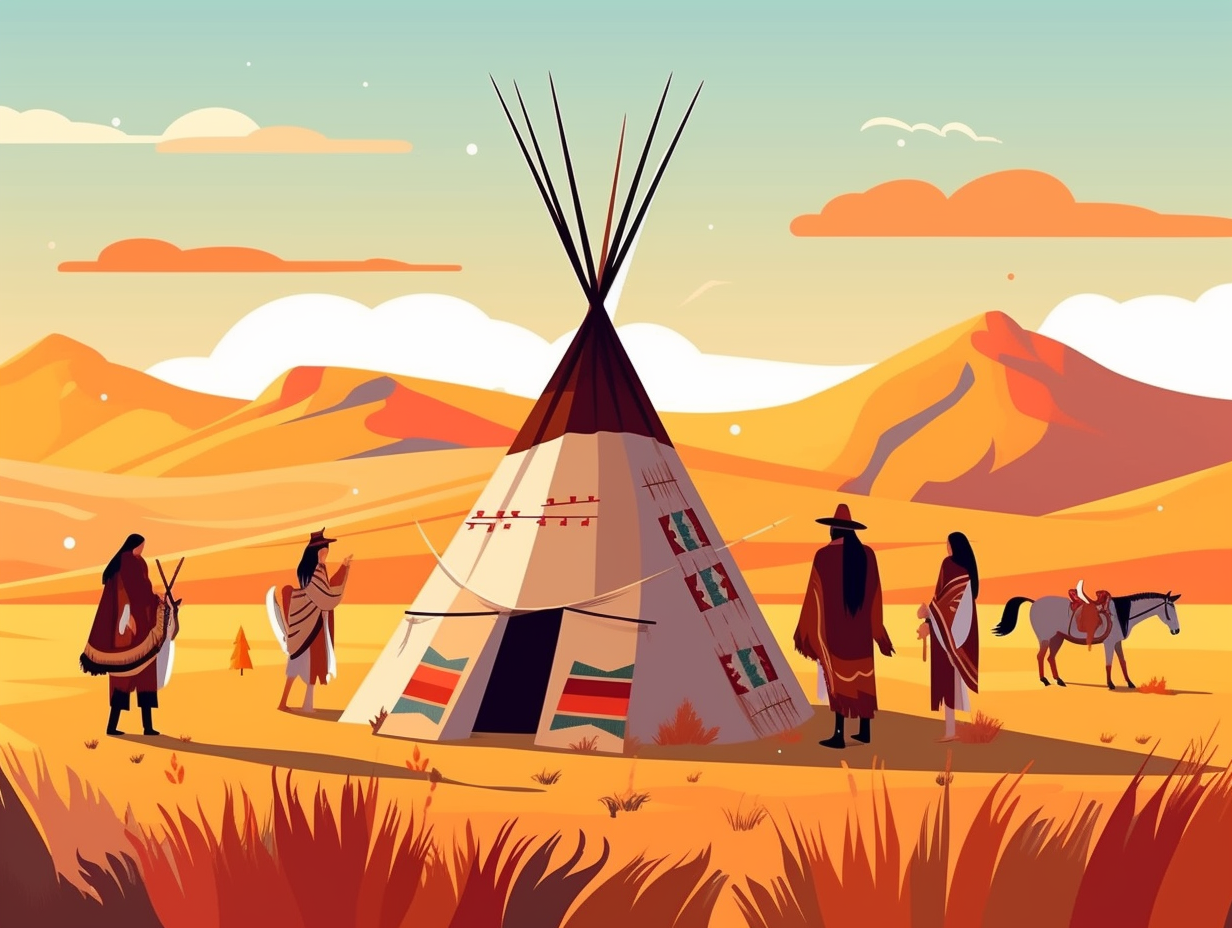
5. Headdress Heroics
Despite what you may have seen in movies, or overzealous fans at sporting events, Plains Indian headdresses weren't the first feathered fashion statement in history: They were actually reserved for important chiefs and warriors who had proven their bravery and valiancy in battle. The iconic war bonnet symbolized great achievements, like counting coup, and was far from being an everyday accessory as often depicted in Westerns and pop culture!
Source => khanacademy.org
6. Sacred Pipe and Duck Adventure
What did the sacred pipe say to the harlequin duck? "My feathered friend, we're going on a wild adventure!": The Blackfoot tribe's cherished medicine bundle contained a meter-long stone and reed pipe, adorned with a mummified harlequin duck head at one end and a fan of majestic eagle feathers on the other, which played a vital role in their spiritual beliefs and buffalo hunt traditions. The bundle was eventually sold to a private collector and then to the Provincial Museum of Alberta, where it stayed for over a decade before finally being returned to the tribe and ceremoniously opened after over 60 years in hibernation.
Source => aaanativearts.com
7. Earth Lodge Communities
When the Great Plains tribes really wanted to "lay a foundation" together, they knew how to "break new ground": Earth lodges, with circular construction and dome-shaped roofs, were the go-to social housing option for the Hidatsas, Arikaras, Mandans, Omahas, Poncas, Otoes, and Pawnees tribes, offering protection from the elements, privacy, energy efficiency, and soundproofing, all while staying eco-friendly and insurance-savvy.
Source => earthhomesnow.com
8. Spiritual Piercings of Lakota Tribe
Who says you can't have piercings and still be spiritual? The Lakota tribe begs to differ: their sacred Sun Dance ceremony at Devils Tower during the summer solstice involves fasting, sacrificing, and flesh-piercing as ways to obtain freedom, renewal, and showcase bravery. And they've been tearing it up, quite literally, since 1983!
Source => nps.gov
9. Vintage Event Tracker
Before modern calendars kicked in, the Lakota tribe had their own artsy and vintage event tracker: Lakota winter counts were pictographic calendars used by the Great Plains tribes where each year was represented by an illustration depicting a memorable event, painted on animal hides or cloth. This unconventional timekeeping method not only recorded the histories of their communities but also served as mnemonic devices for tribal historians to recount past events.
Source => tandfonline.com
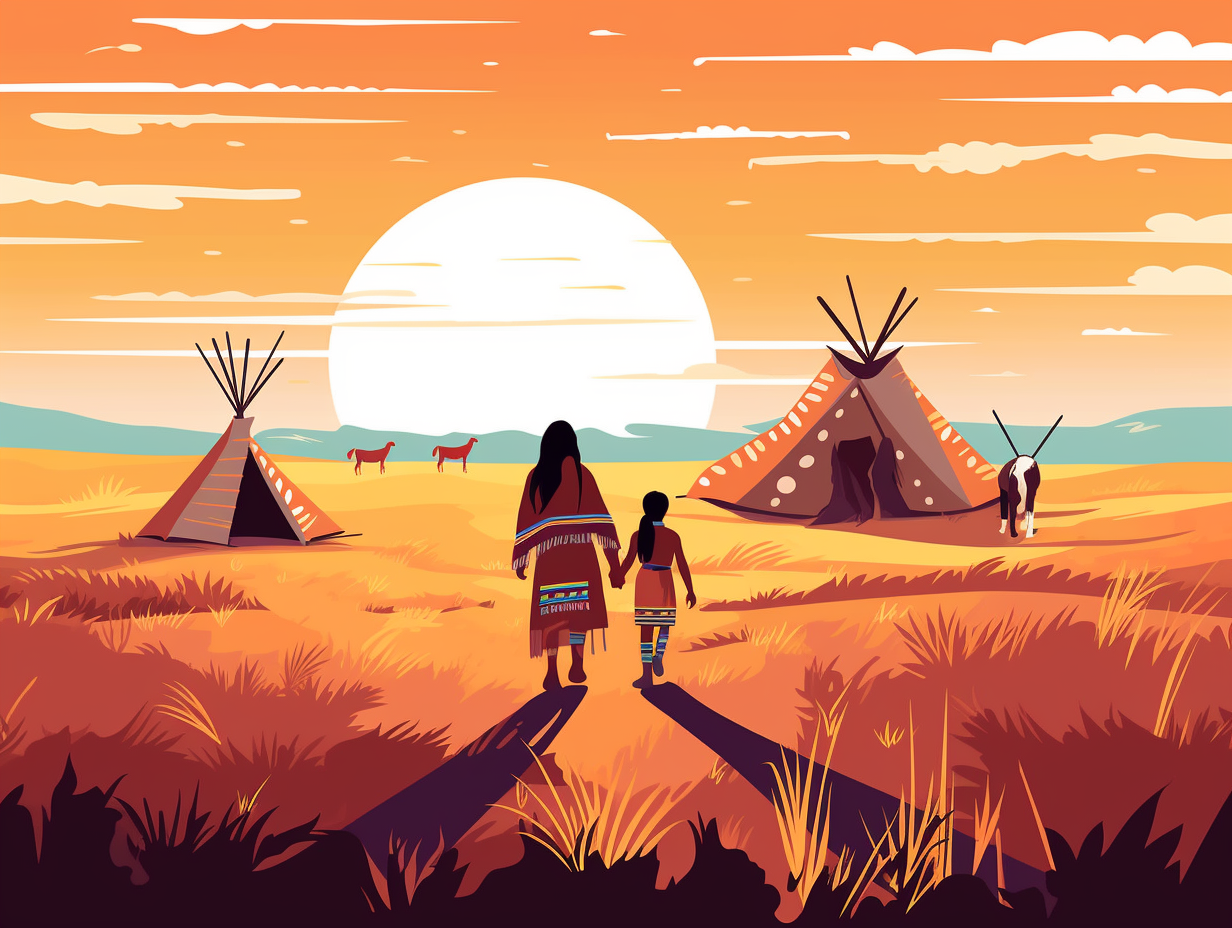
10. Ingenious Nomadic Teepees
Whoever said "there's no place like home" must have been inspired by the Plains tribes' ingenious nomadic abodes: Not only did these skilled teepee architects, like the Sioux and Cheyenne, construct their buffalo hide-covered dwellings in a speedy 30 minutes, but they also cleverly adapted them to the seasons with adjustable insulation, central heating, and even a chimney for proper smoke ventilation.
Source => ducksters.com
Related Fun Facts


